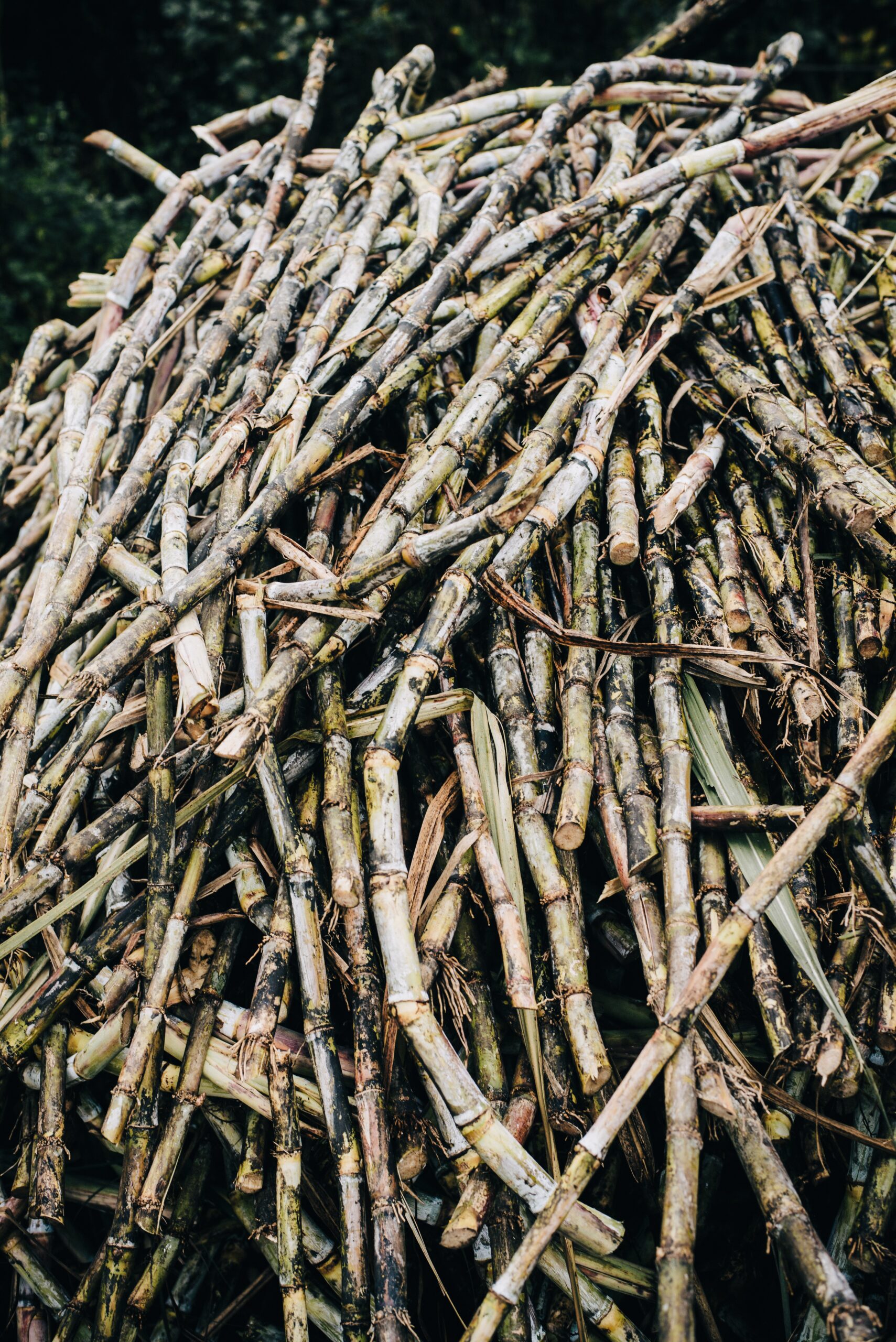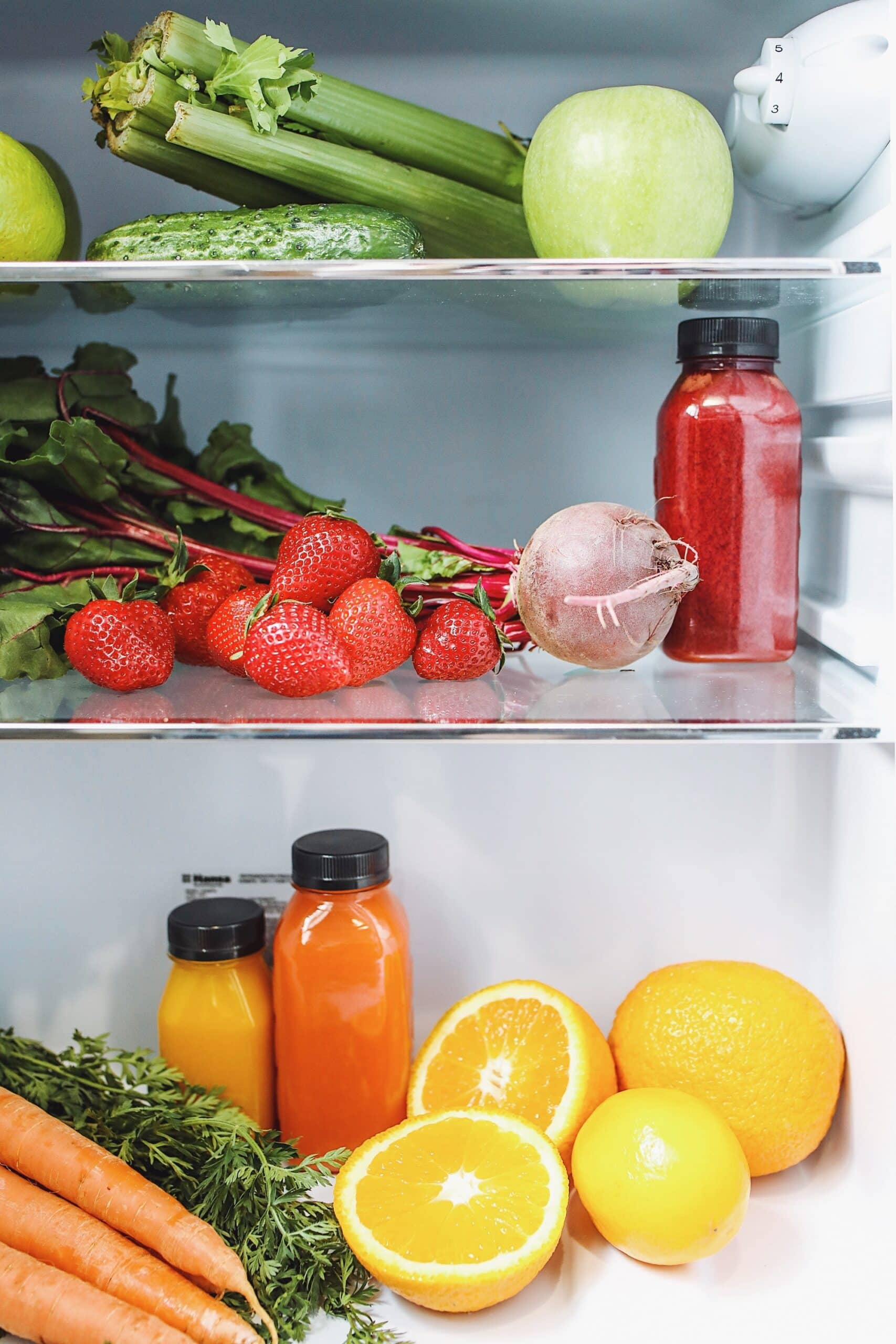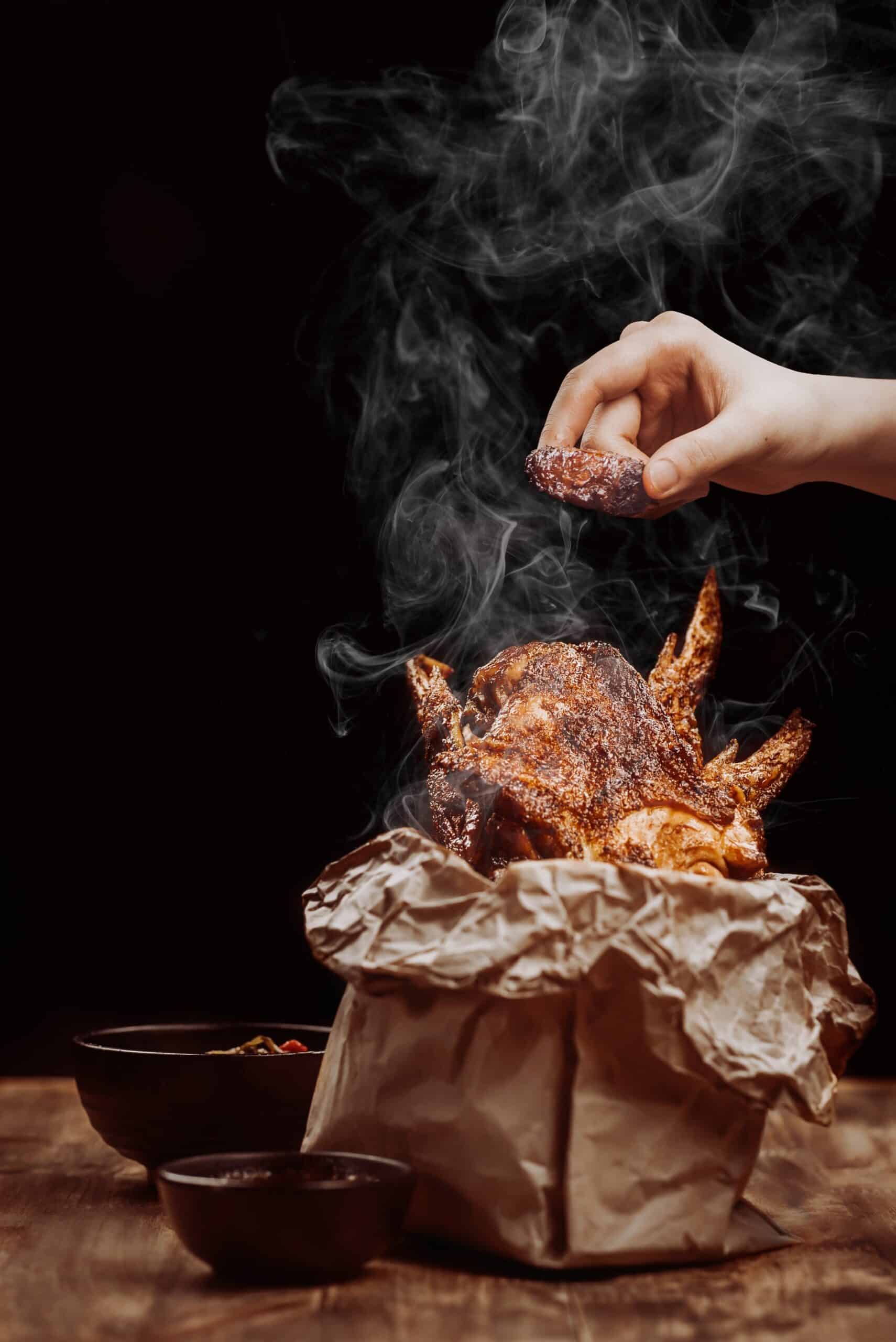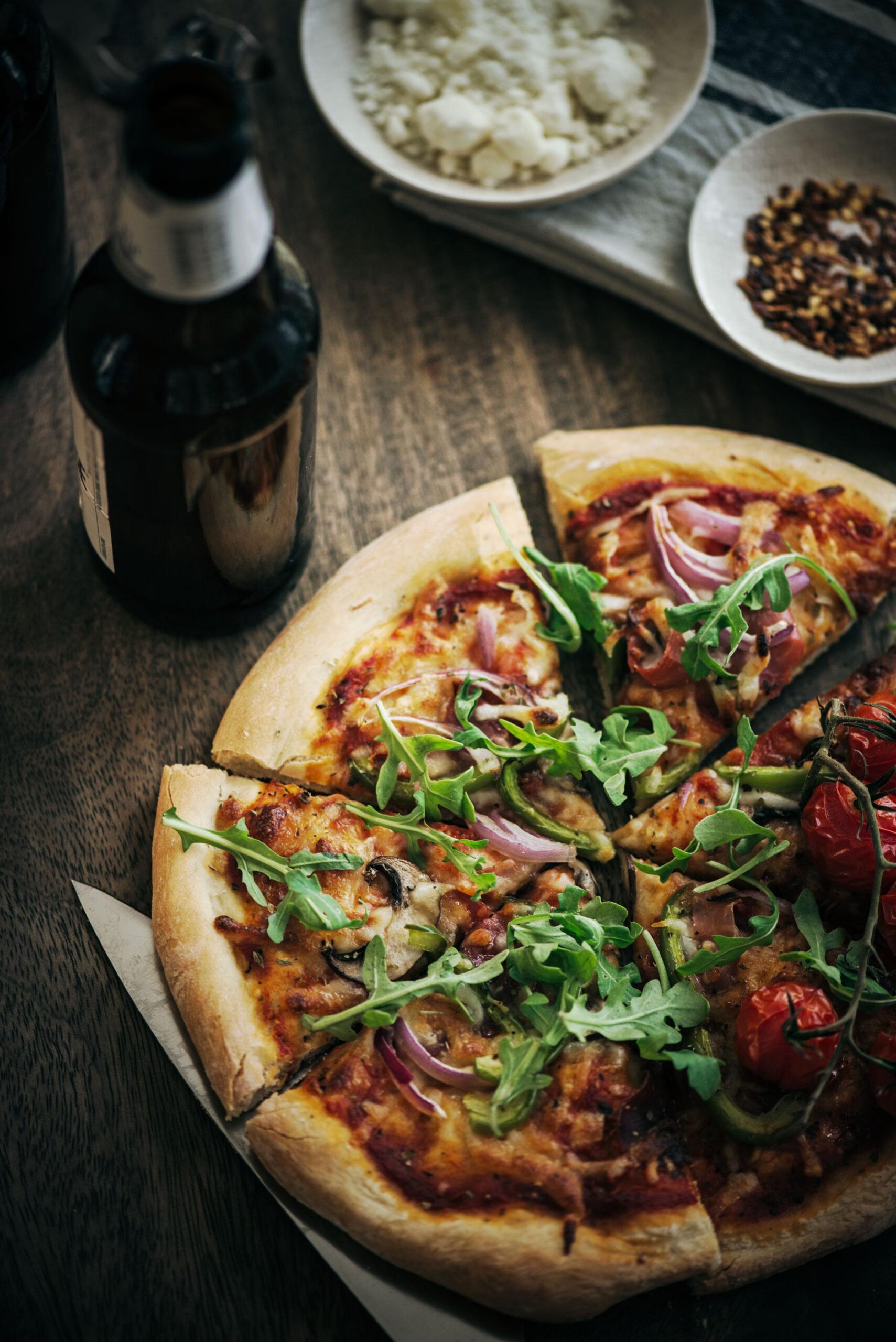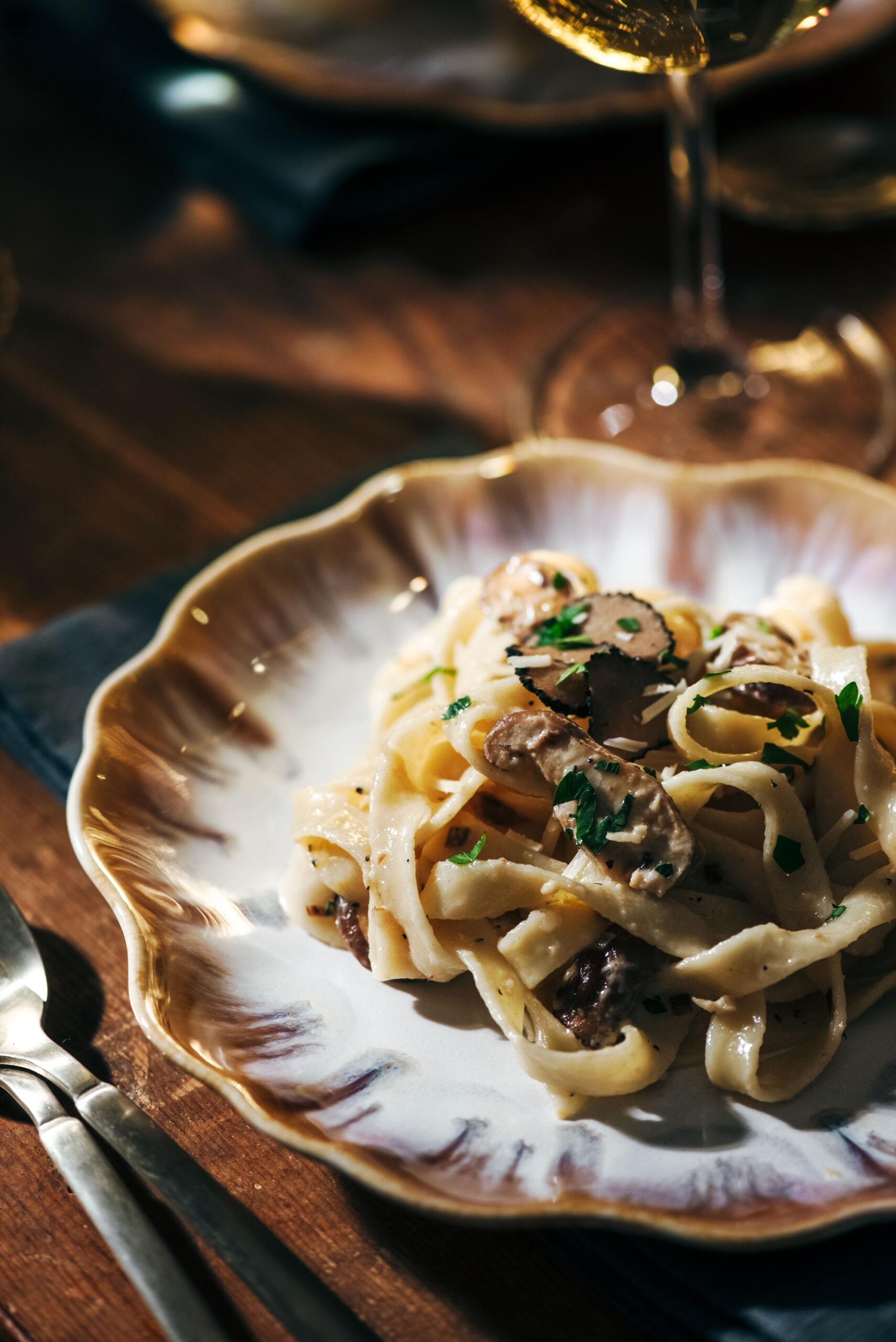Do you want to take your cooking skills to the next level? Here’s what and how the Maillard reaction can help you create tastier, prettier, and more fragrant dishes.
Let’s Talk Food Science. What Is the Maillard Reaction and What, Exactly, Does It Do To Your Food?
Have you ever heard about the Maillard reaction? Even if you’ve never heard of it before, you’ve undoubtedly seen it happen hundreds of times in your life.
The Maillard reaction plays an important role in cooking and can affect how our food feels, looks, smells, and tastes.
So, what is the Maillard reaction and what does it do? Find out below!

What is the Maillard Reaction?
The Maillard reaction is a chemical reaction that dramatically enhances the appearance, smell, and taste of food. So, how does it work?
When you cook food at the right moisture level, the right temperature, and for the right amount of time, the amino acids and sugars in the dish rearrange into a ring formation.
This ring reflects light in a way that gives the food a rich brown color.
The new molecules that the reaction produces also create a potent aroma and flavor.
Depending on the chemical constituents in the food, the cooking time, the temperature, and the amount of air present, it can produce hundreds of different flavor profiles.
Scientists use the Maillard reaction to produce artificial flavors, and you can use it to experiment with flavors yourself. All in all, it serves to make food more appealing to the human senses.
The Benefits. Is the Maillard reaction necessary?
No, not at all. But if you want to make irresistible, mouthwatering meals, utilizing this chemical miracle is the way to do it.
Here are just a few enhancements the Maillard reaction brings to your food:
- An even cook
- A delicious brown crust
- A fragrant aroma
- An enhanced taste
- An improved texture
Without the Maillard reaction, food will taste bland and have minimal color, texture, and odor.
How To Trigger It
To trigger the Maillard reaction, you need to cook your food at a temperature above 285° F. The hotter the temperature, the more pronounced the effects of the reaction are.
So, for the tastiest dishes possible, we recommend using an infrared oven or grill, which can reach much higher temperatures than conventional ovens and grills.
Keep in mind that the moisture content of your food can affect the desired outcome.
To reach a temperature hot enough to trigger the reaction, your food needs to be relatively dry, or, alternatively, you need to cook it for longer.
And that’s it. The next time you cook, use what you’ve learned here to take your meals to the next level!
Recipes to Try:
- Quick and Easy Dinner – Moroccan Grilled Rack of Lamb
- How to Make Prosciutto Calabrian Wood Fired Pizza Recipe
- Easy Grilled Recipes: The Best Mushroom Swiss Burger
Fresh bites, cozy vibes 😎
Dig into something delicious with us by subscribing below
